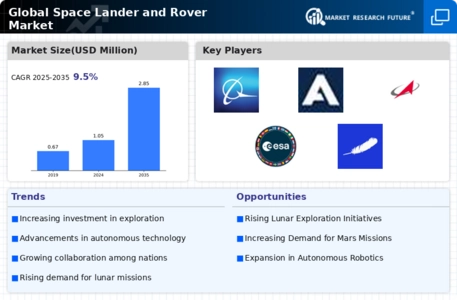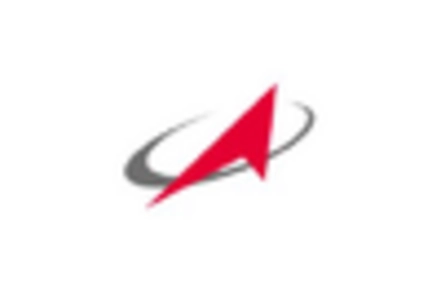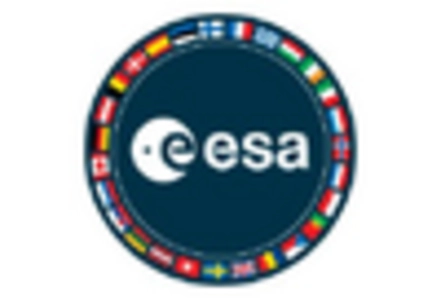Market Share
Space Lander Rover Market Share Analysis
Within the aerospace sector, the marketplace represents a distinct frontier wherein players compete for market dominance through the implementation of strategic positioning initiatives. Sophisticated landers and rovers are in greater demand as space exploration picks up steam, which is forcing businesses to take a variety of strategies in an effort to obtain a competitive advantage and take a sizable chunk of the market. Diversification is a common tactic within the space lander & rover industry. Businesses concentrate on creating rovers and landers that stand out from the competition by adding unique features and functionalities. This could entail improvements in autonomous navigation, longer mission durations, or specialized tools for science research. Companies hope to increase their market share by drawing in space agencies and individuals seeking for particular features by providing distinctive and cutting-edge solutions. The positioning of market share in the industry is significantly influenced by pricing strategy as well. Businesses need to find a happy medium between providing affordable solutions and emphasizing the benefits of cutting-edge features. To appeal to a wider range of clientele, some may choose to emphasize price above cutting-edge technology and improved mission capabilities in their premium pricing model. In the dynamic field of exploration of space, a company's price structure has a direct impact on its market share and competitiveness as a whole. The space landing and rover competitive position is greatly influenced by strategic alliances and collaborations. In order to combine resources and knowledge, companies frequently form partnerships with space organizations, research universities, or other aerospace bodies. By integrating the advantages of several organizations, joint efforts facilitate the creation of complete space mission solutions. Companies can better position themselves in the market and raise their chances of winning contracts for future space missions by forming strategic alliances with important industry participants. For market share positioning to be successful, it is essential to comprehend the unique demands and specifications of space exploration missions. Companies can customize their rovers and landers to meet the needs and goals of space entities followed by other research organizations by doing in-depth market research. By keeping the needs of the outer space exploration group in mind when developing products, businesses may stay ahead of their competitors and preserve their competitive edge. The market for space landers and rovers is characterized by innovation. Businesses make significant investments in R&D to launch cutting-edge features and technology. More effective and competent landers and rovers are being developed thanks to developments in robotics, machine learning, and sensor technology. In addition to drawing in new customers looking for cutting-edge solutions, constant innovation establishes businesses as pioneers in the quickly developing space exploration industry. One noteworthy tactic employed by the business is geographic expansion. To get into new markets, businesses may work with foreign partners or focus on up-and-coming space programs in other areas. Geographical expansion decisions are influenced by global exploration of space trends, governmental space campaigns, and geopolitical problems. Through deliberate placement in strategic locations, businesses can increase their market penetration and leverage opportunities arising from a variety of space-related projects. In summary, in order for businesses to succeed in the rapidly changing field of space exploration, they must carefully consider how to position themselves in the market for landers and rovers. By implementing tactics such as distinction, price, collaborations, customer-focused methods, inventiveness, and global growth, businesses can secure a substantial market share and further enhance their capacity for space exploration. Within this innovative and dynamic segment of the industry, the significance of these marketplace positioning techniques only increases with the diversity and ambition of space missions.









Leave a Comment